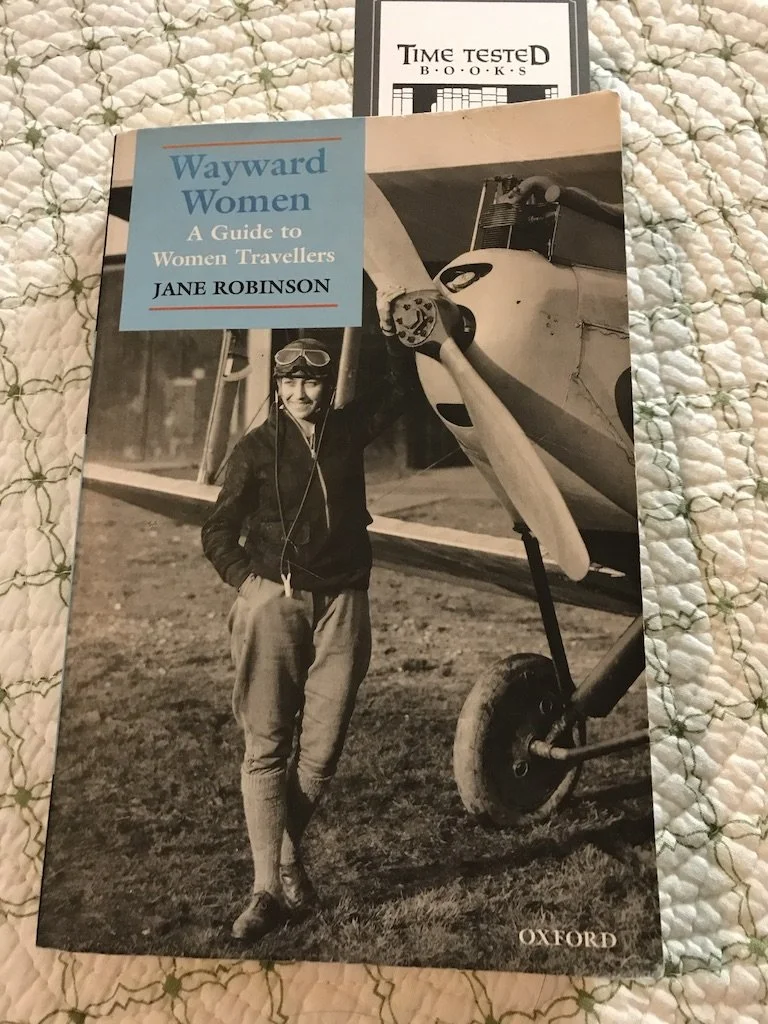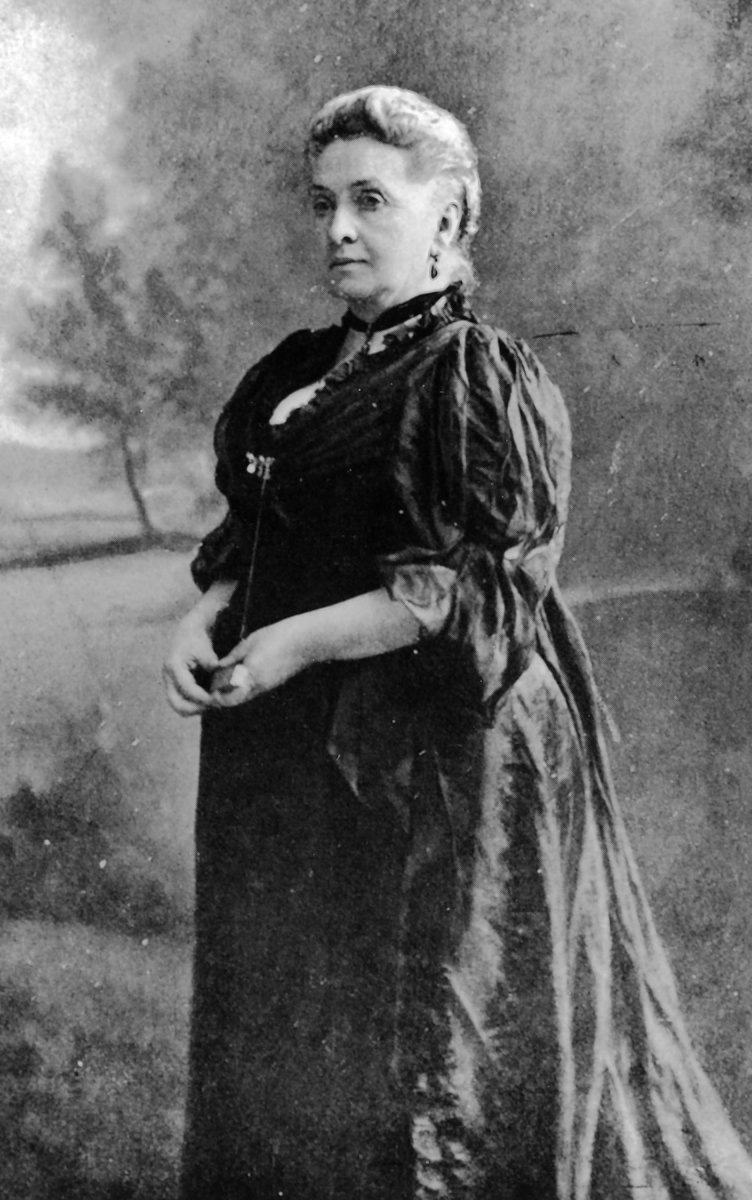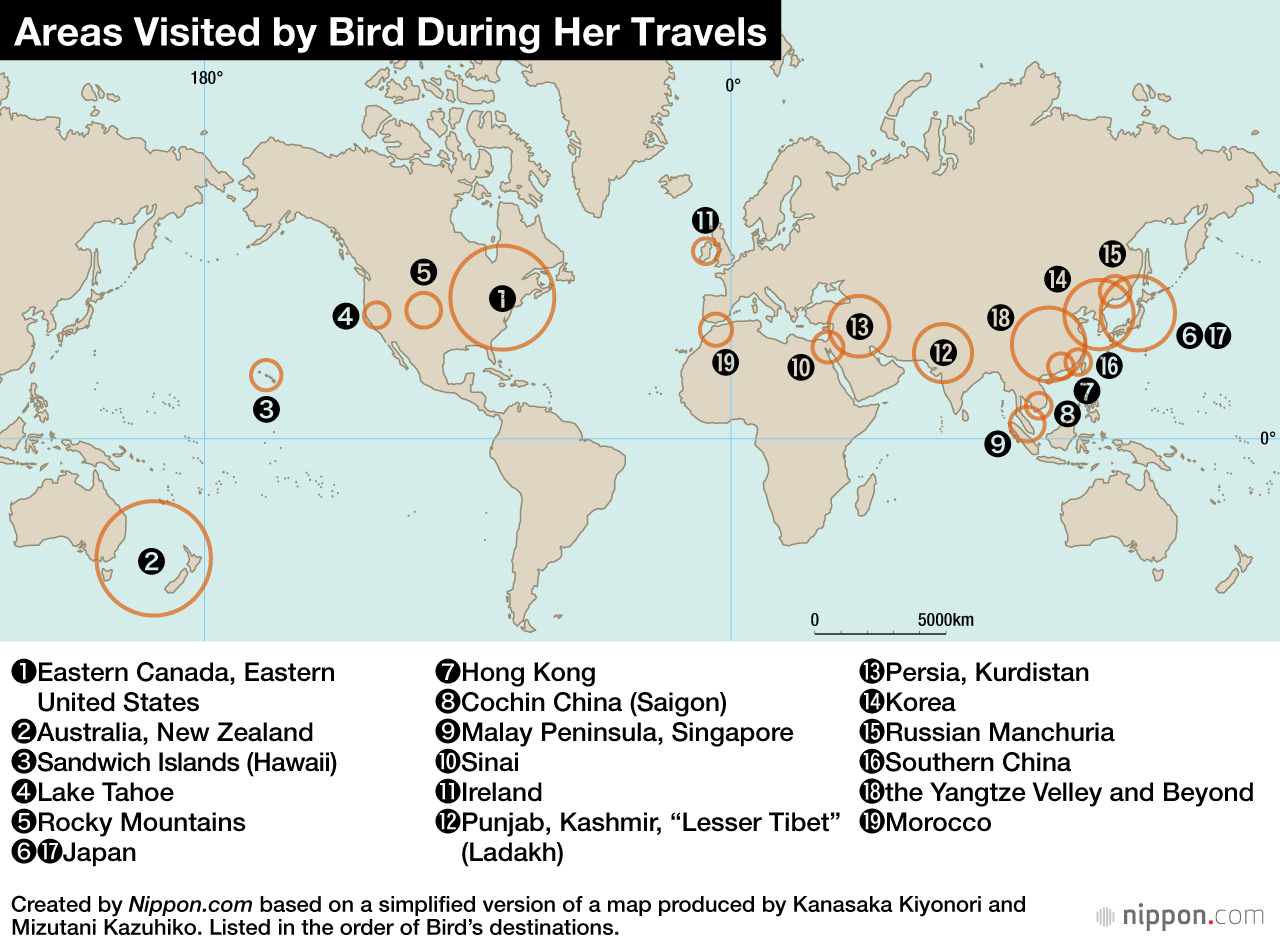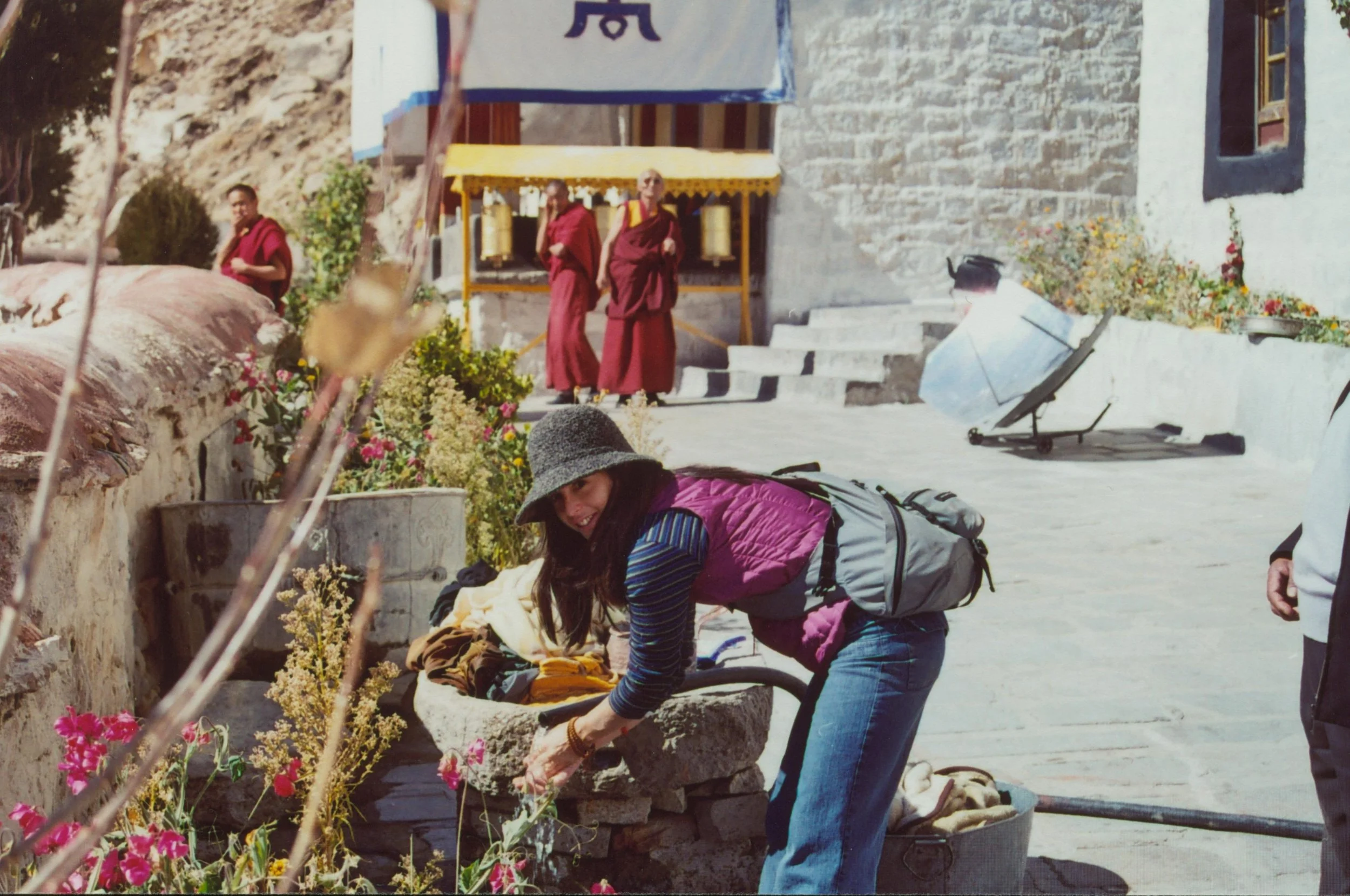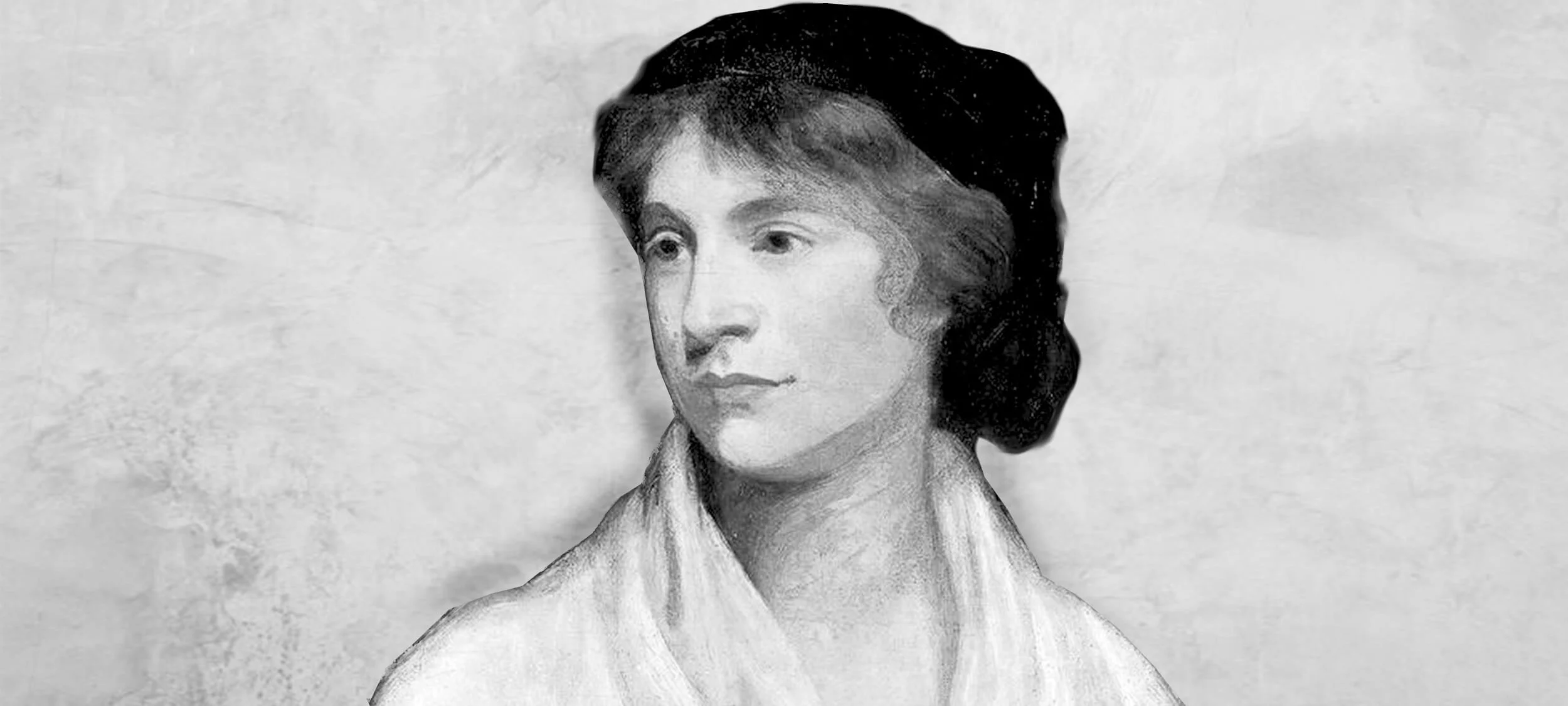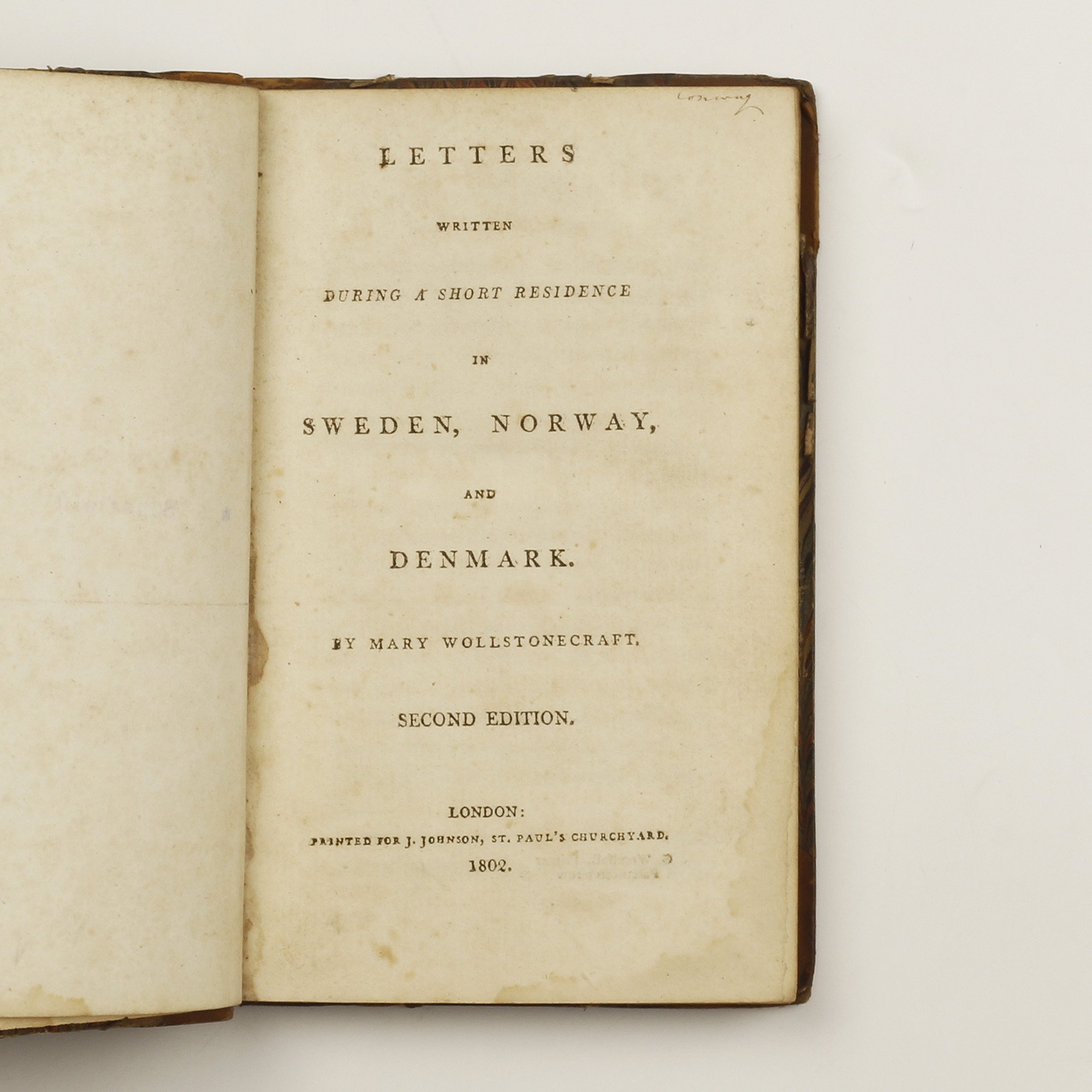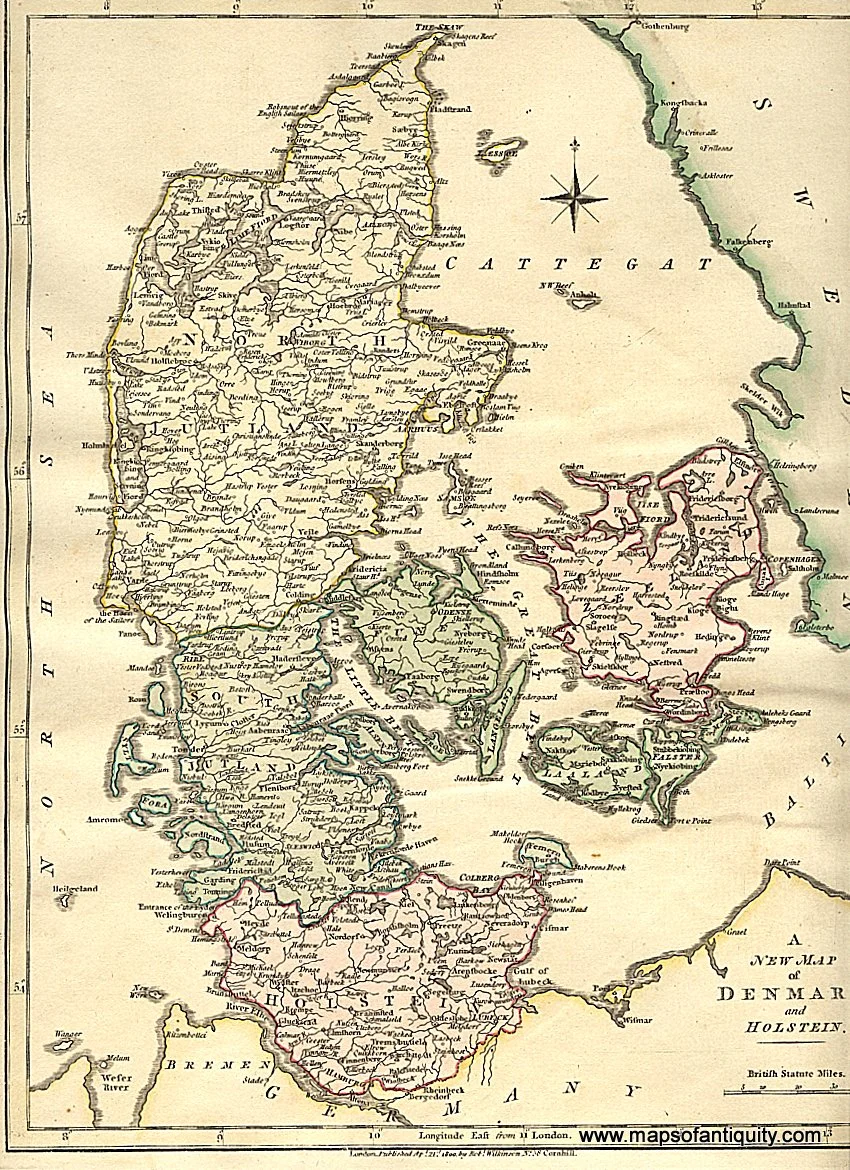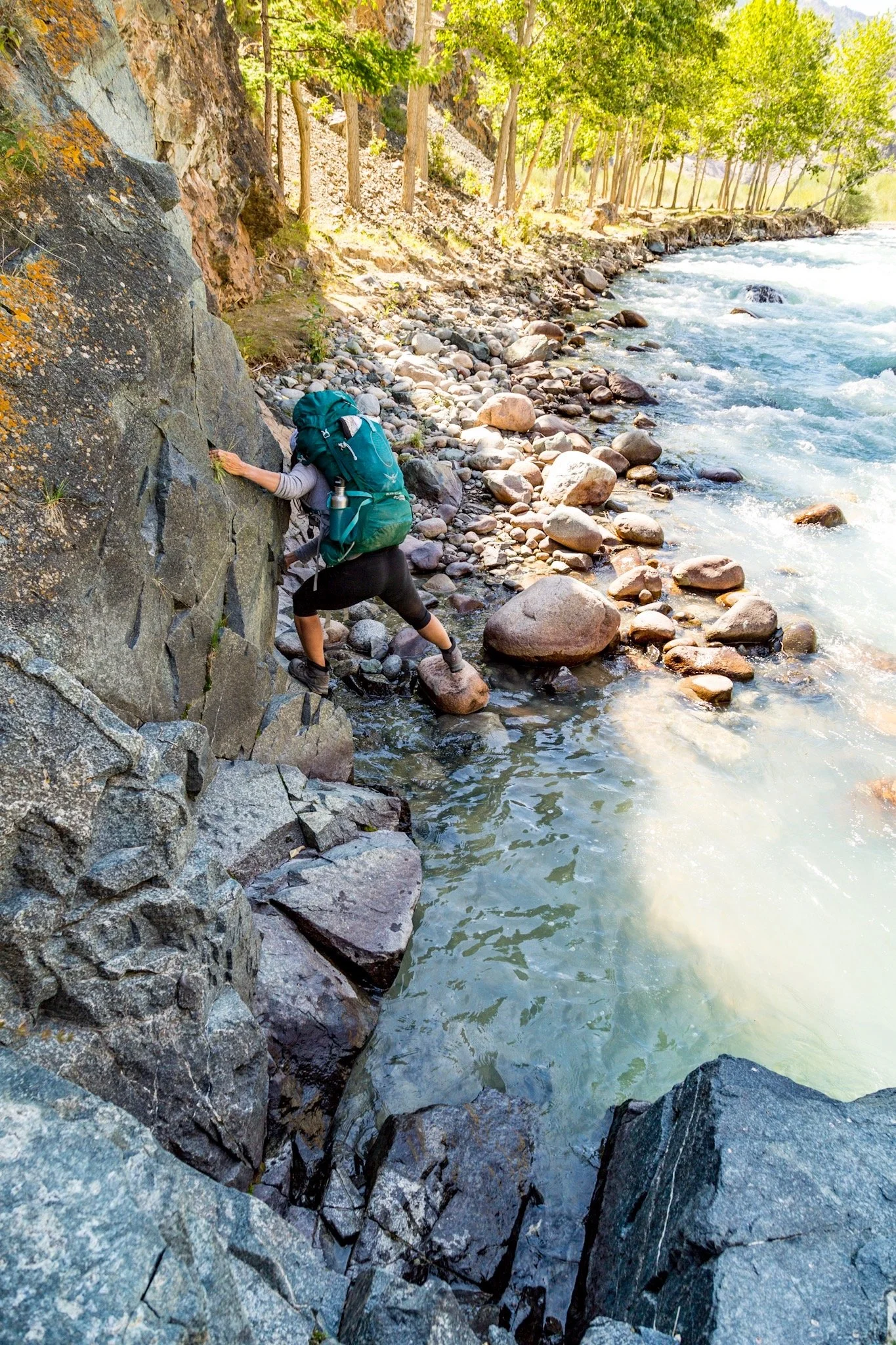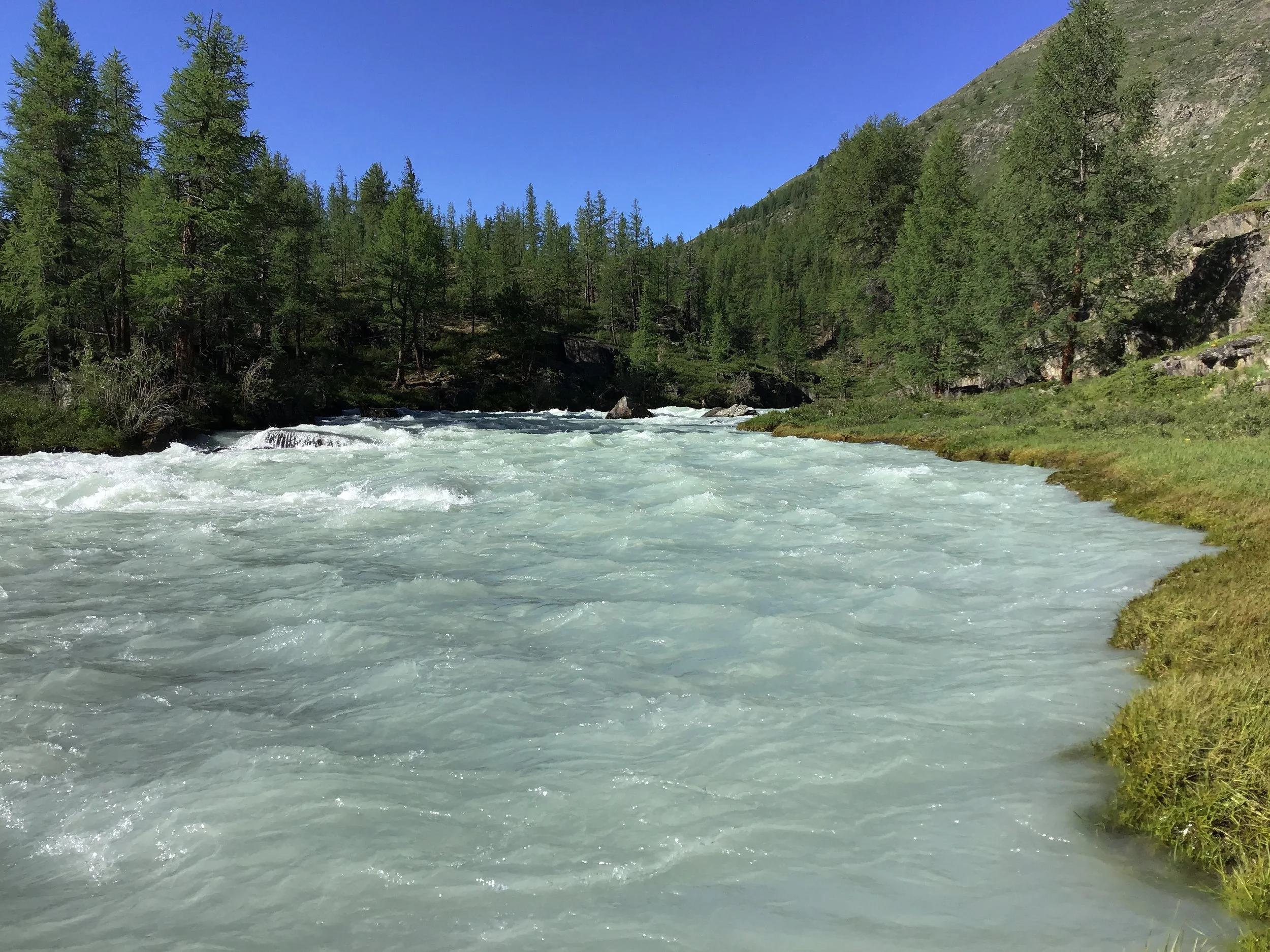Before our borders were slammed shut in March 2020 because of the COVID 19 pandemic, I had plans to travel far and wide like I do almost every year.
2020 held in store a number of interstate and overseas adventures: a quick trip to the Northern Territory to walk through the MacDonnell Ranges on the the Lara Pinta Trail; a 4-week reccy of eastern European mountains across the Borbalo Pass deep in the Caucasus Mountains of Georgia (country) and two weeks scoping the Peak of the Balkans across Montenegro, Albania and Kosovo.
I was then going to head east to Mongolia to lead our 4th hiking expedition through the Tavan Bogd National Park, pictured above. And then later in the year, the plan was to travel to Panama to scout a walk across the Darien Gap between Panama and Colombia.
I had also planned to write about it.
Of course, these plans were all put on hold for a couple of years, but very soon, armed with a new passport, a trusted backpack and triply vaccinated, I will once again traverse the Indian Ocean and make my way to distant lands.
Despite travelling not always being easily accessible to women, especially on our own, many gutsy and adventurous women before us, defied untenable obstacles, way more hindering than a global pandemic, and blazed trails to write about their travels and adventures, inspiring others, like me, to do the same.
In her book Wayward Women: A Guide to Women Travellers, Jane Robinson presents a collection of more than 350 women across 16 centuries whose writing stands as a testament to a spirit of discovery and curiosity.
As we celebrate International Women’s Day this week, and as I prepare to run my 7th Women’s Walking & Writing Retreat, I pay homage to two of these remarkable women, both from the 18th century. Their courage and refusal to conform led them to forge new paths for themselves and for women travellers. Reading their words more than 200 years after they were penned, feels like I am being guided; being mentored and connected across time.
Isabella Bird
Isabella Bird
I first came across Isabella Bird in Caryl Churchill’s play Top Girls - where she is the indefatigable explorer; a character who rejects traditional femininity and talks about her extensive travels. But it was when I first researched travelling to Tibet in 2004 that I came across her book Among the Tibetans. I didn’t read it, to my 35 year old mind it seemed antiquated. Now as a 53 year old, and after living for 2 years in Tibet, I understand and admire the extraordinary feat of its author.
Women in Yushu, Qinghai Province, China.
Isabella Bird, born in 1831 to a wealthy and religious family in north Yorkshire, turned her back on the restricting gender expectations of Victorian England to become an intrepid and adventurous traveller, travel writer, photographer and naturalist.
Suffering from debilitating health issues, Bird was encouraged by her doctor to take an ocean voyage to reap the rewards of fresh sea air. With one hundred pounds from her father and a command to not return until she had spent it, her journey to Canada would become the beginning of her adventure-filled life and remarkable travel writing.
‘I have just dropped into the very place I have been seeking, but in everything it exceeds all my dreams.’
Between 1854 and 1901 she travelled to Hawaii, the US, Australia, New Zealand, Japan, Vietnam, Korea, China, Singapore, Malaysia, Turkey, Egypt, Persia, Kurdistan, Morocco and Tibet.
See the map below:
from Victorian Women Travellers in Meiji Japan, Nippon.com
Even hardcore travellers of the 21st century would have trouble matching the globetrotting effort of this extraordinary adventurer. She rode mules, horses, oxen, rickshaws, slept in huts and climbed Himalayan mountains and Hawaiian volcanoes; she even had a romance with an American outlaw while in the Rocky Mountains. Her writing had social commentary and she did not hold back her own opinions:
‘The 'almighty dollar' is the true divinity, and its worship is universal.’
Her first book The English Woman in America was so well received she was able to continue travelling with the money she earned. Her second book, A Lady’s Life in the Rocky Mountains, was her most popular, and gave her not only the ability to finance her travels but also some notoriety.
Among her 9 travel books, is an 800 page tome Unbeaten Tracks in Japan where she was one of few foreigners to explore Meiji Japan extensively at a time when travel for foreigners was very restricted; and, Among the Tibetans in which she recounts her astonishing and arduous journey through Tibet.
‘My first yak was fairly quiet and looked a noble steed with my Mexican saddle and gay blanket among rather than upon his thick black locks.’
She came to love the freedom of travel and the unencumbered simplicity of few possessions, and travelled light.
“I still vote civilization a nuisance, society a humbug and all conventionality a crime.”
Not satisfied with her success in writing, she took up photography in her 60s and provided images of lands and people few had ever set eyes on in Europe.
Isabella Bird was well known in Britain and became the first woman to be made a fellow of the Royal Geographic Society.
Mary Wollstonecraft
Mary Wollstonecraft
Mary Wollstonecraft was also an English writer and radical philosopher who is more famous today for her significant contribution to the feminist canon with the Vindication on the Rights of Women, than for her travel writing. I came across here while studying feminist theory at university. She was one of our first true feminists believing in the rights of everyone to learn, express their views and make ‘improving our minds’ a life pursuit.
This extraordinary and inspiring woman, born in 1759 to a family whose patriarch had little value for girls, defied the expected role of women of her time in so many ways. She disregarded traditional roles by pursuing a career in writing, travelled extensively in Europe on her own and refused to marry her American businessman boyfriend, with whom she had a daughter.
More than 100 years before she would be allowed to vote Wollstonecraft travelled through Sweden Norway and Denmark - with her 1-year old Fanny and maid in tow - on a ‘clandestine errand’ to help her lover recover some silver that had gone missing from one of his commercial ships.
For four months, as she risked life on dangerous sea voyages, dealt with greedy port officials, and experienced the natural beauty she encountered, Wollstonecraft wrote letter after letter to him. The collection of these letters was later published as a remarkable travel book Letters Written During a Short Residence in Sweden, Norway and Denmark.
Wollstonecraft’s travel writing did not focus on customs, manners and traditions as did most women travel writers emerging at the time. Instead, she engaged with topics relating to contemporary life, politics and social issues, with critical observations and reflections about the society she was travelling through:
She discussed the French Revolution, the way men treated women, the horror of slavery ‘slavery has retard the improvement of every class in Denmark’; she criticises the folly of commercial enterprise,
‘Everywhere wealth commands too much respect; and it is the only object pursued’.
And many topics which at that time commonly left out of travel writing including many existential wonderings.
‘What a long time it requires to know ourselves; and yet almost every one has more of this knowledge than he is willing to own, even to himself’
Spending time in spectacular natural landscapes she wrote passages that were moving and inspiring:
‘Reaching the cascade…my soul was hurried by the falls into a new twin of reflections…I asked myself why I was chained to life and its misery? Still the tumultuous emotions of this sublime object excited were pleasurable; and viewing it, my soul rose, with renewed dignity, above its cares - grasping at immortality - it seemed as impossible to stop the current of my thoughts, as of the always varying, still the same, torrent before me - I stretch out my hand to eternity, bounding over the dark speck of life to come.’
Wollstonecraft was not only one of the first instigators of feminism, she also opened the door for women travel writers ‘to present themselves authoritatively in a narration and within a vocation’.
Some sources
Bird, I. Among the Tibetans,
Harper, L., The Stigma or Emotions, Mary Wollstonecraft’s Travel Writing
Parks, C., 2014, The Peripatetic Life of Isabella Bird, The Appendix, Vol 2, no 4
Robinson, J., 2002, Wayward Women: A Guide to Women Travellers, Oxford University Press
Sterry, L., 2009, Isabella Bird, Victorian Women Travellers in Meiji Japan, Brill
Wollstonecraft, M., 1895, Letters Written During a Short Residence in Sweden, Norway and Denmark


